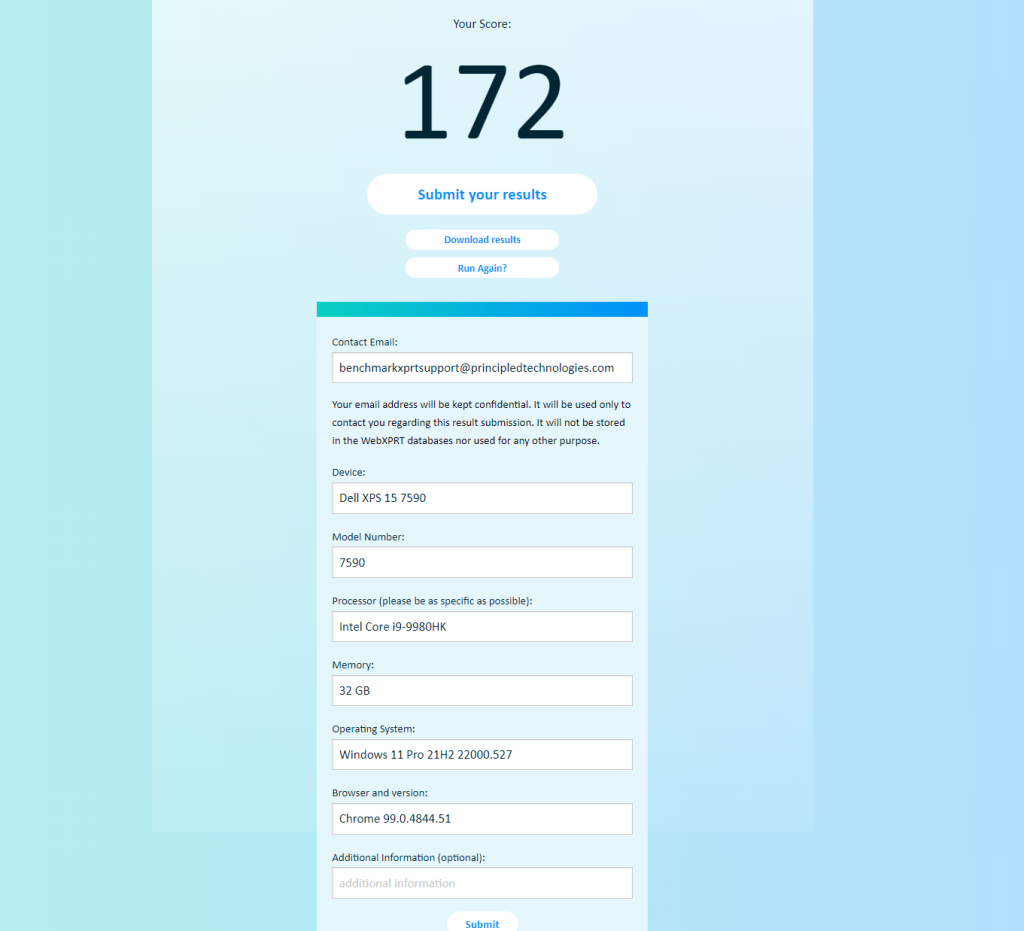Last month, we announced that we’re working on an updated CloudXPRT web microservices test package. The purpose of the update is to fix installation failures on Google Cloud Platform and Microsoft Azure, and ensure that the web microservices workload works on Ubuntu 22.04, using updated software components such as Kubernetes v1.23.7, Kubespray v2.18.1, and Kubernetes Metrics Server v1. The update also incorporates some additional minor script changes.
We are still testing the updated test package with on-premises hardware and Amazon Web Services, Google Cloud Platform, and Microsoft Azure configurations. So far, testing is progressing well, and we feel increasingly confident that we will be able to release the updated test package soon. We would like to share a more concrete release schedule, but because of the complexity of the workload and the CSP platforms involved, we are waiting until we are certain that everything is ready to go.
The name of the updated package will be CloudXPRT v1.2, and it will include only the updated v1.2 test harness and the updated web microservices workload. It will not include the data analytics workload. As we stated in last month’s blog, we plan to publish the updated web microservices package, and see what kind of interest we receive from users about a possible refresh of the v1.1 data analytics workload. For now, the v1.1 data analytics workload will continue to be available via CloudXPRT.com for some time to serve as a reference resource for users that have worked with the package in the past.
As soon as possible, we’ll provide more information about the CloudXPRT v1.2 release date here in the blog. If you have any questions about the update or CloudXPRT in general, please feel free to contact us!
Justin













